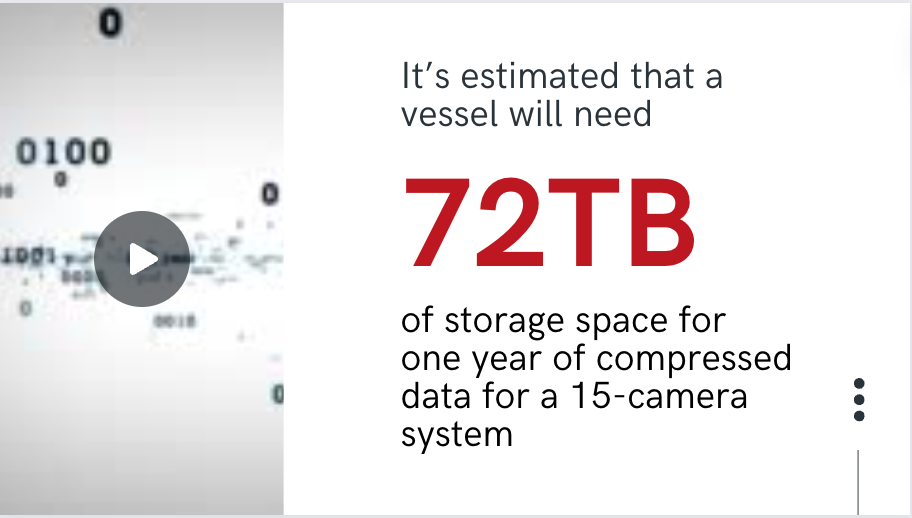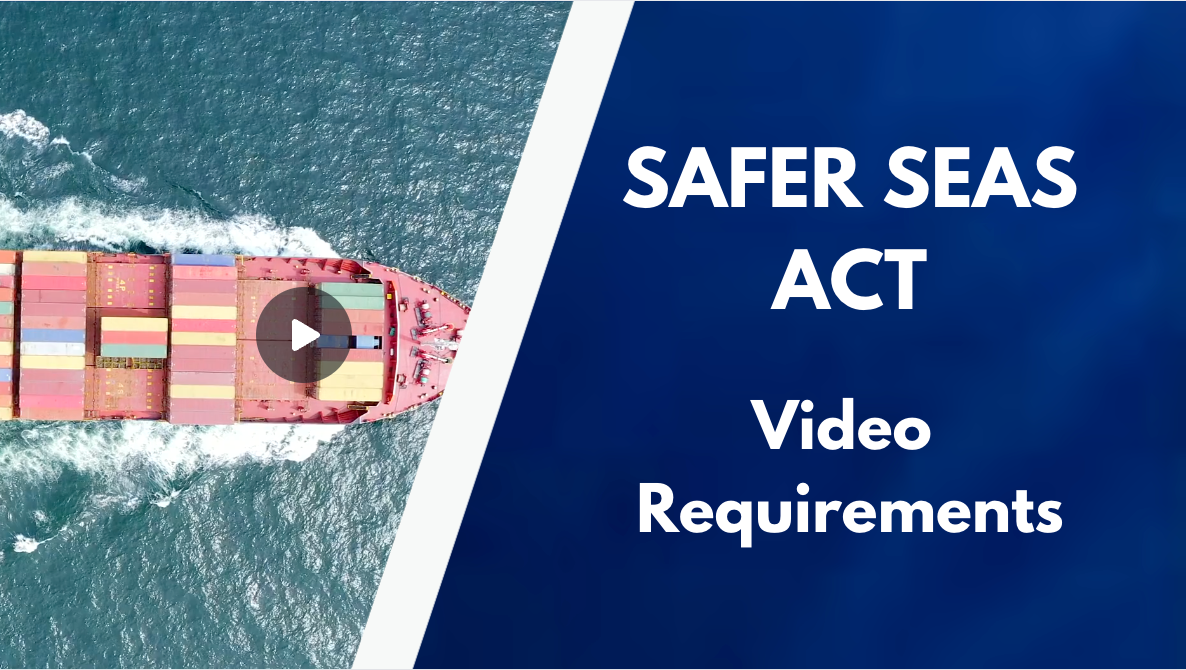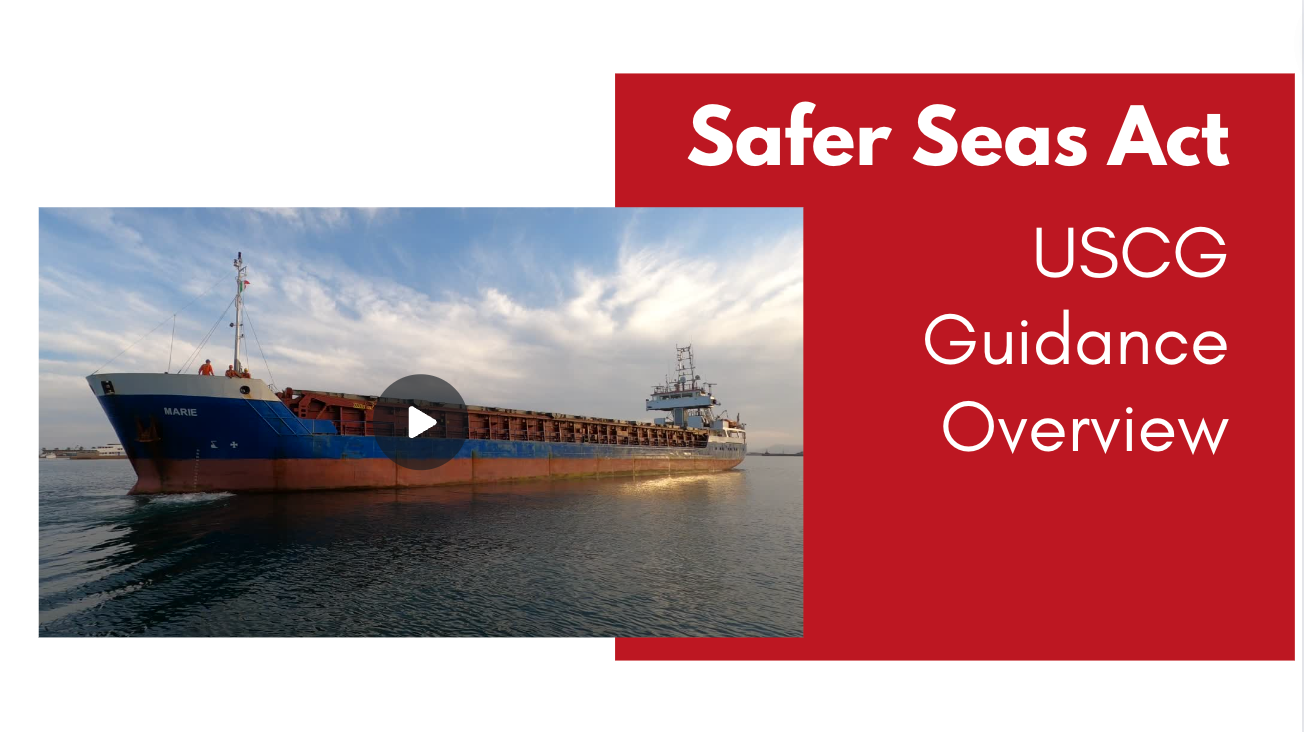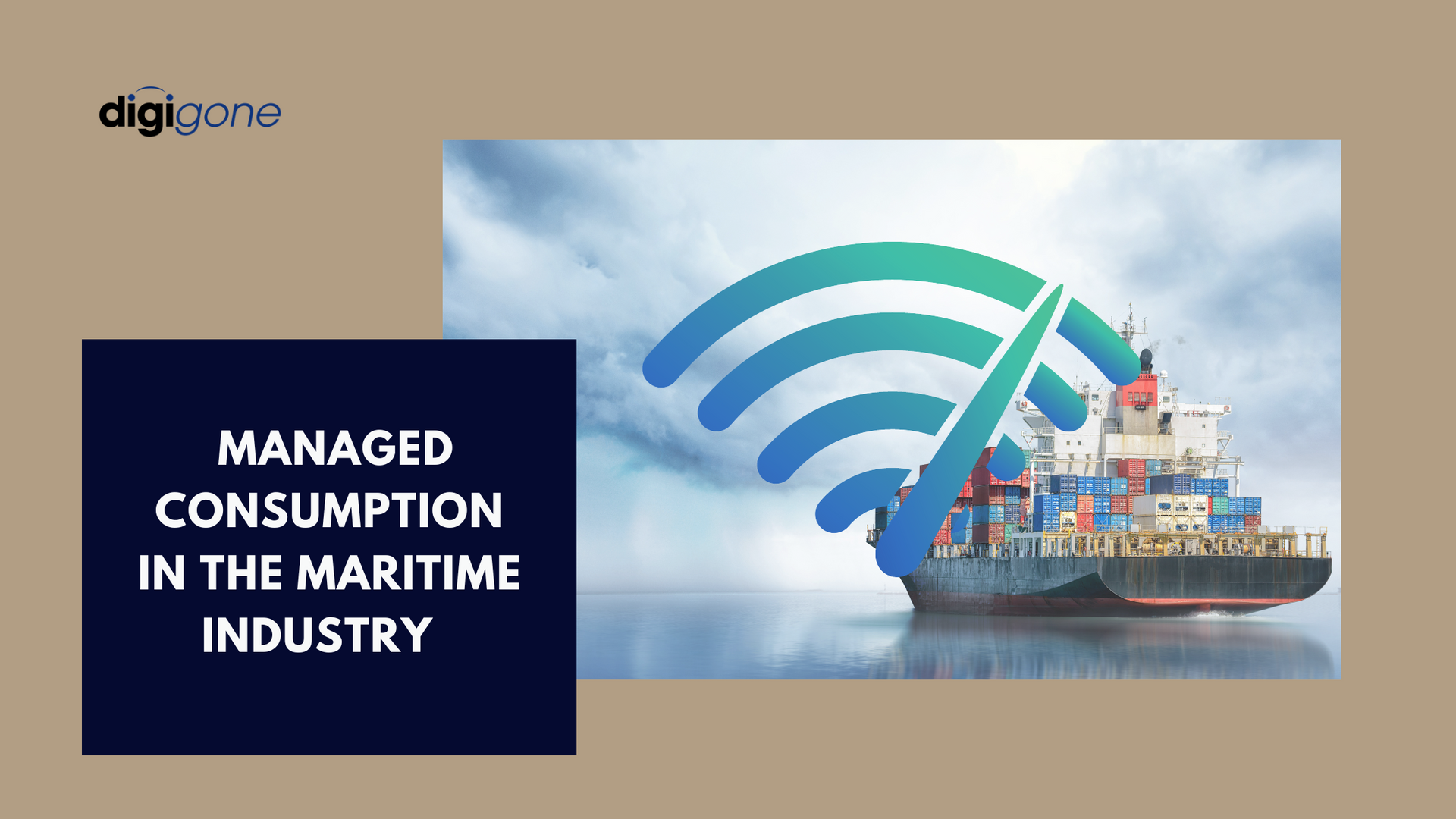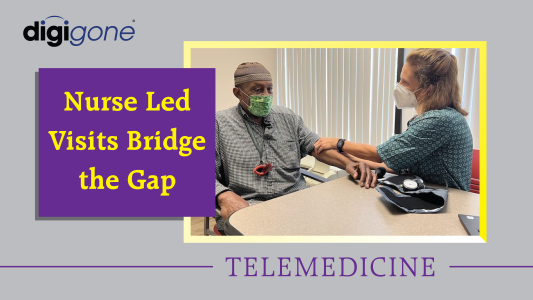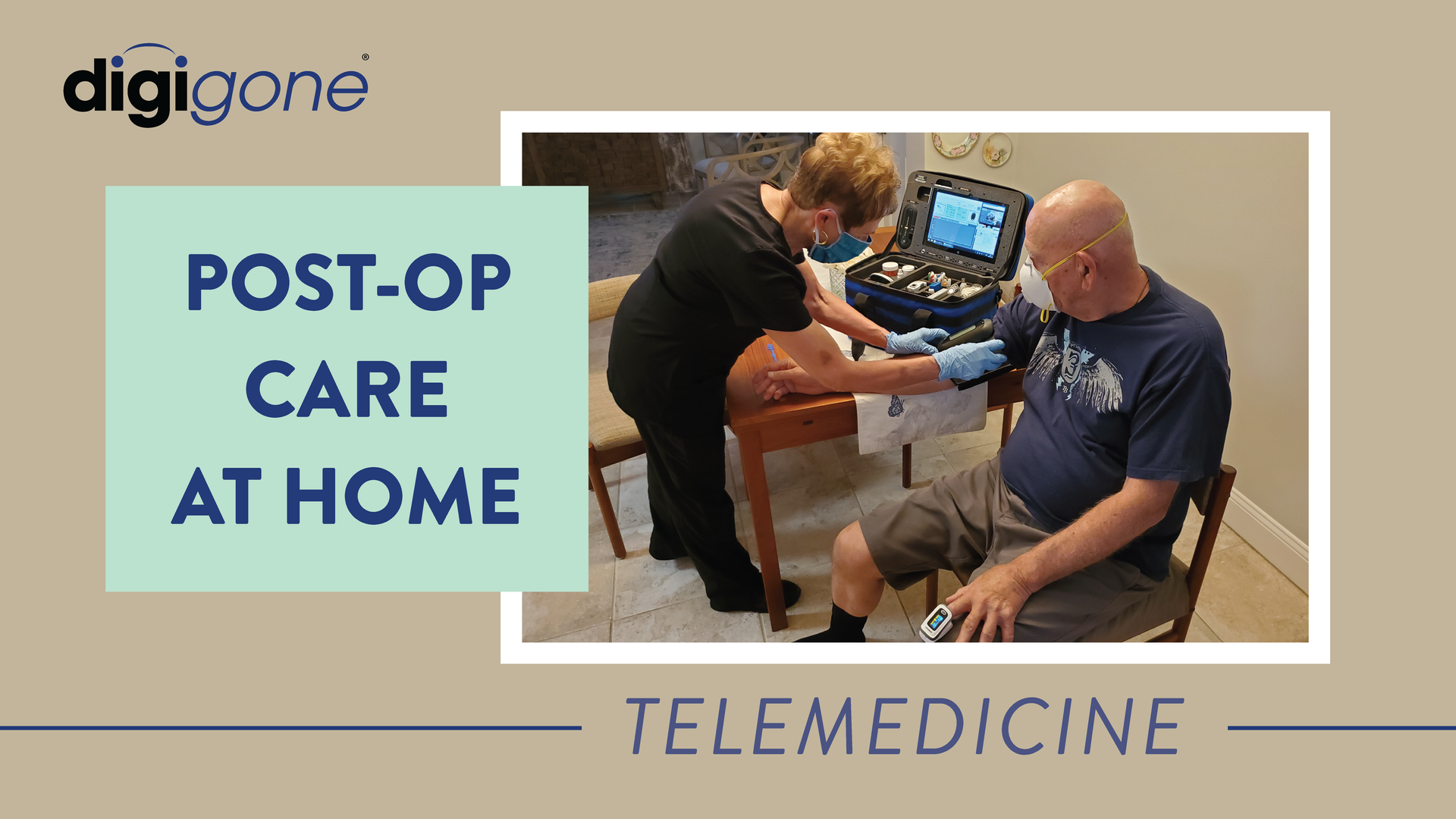The Value of a Properly Stocked Medical Chest and Equipped Telemedicine Kit
July 18, 2019

A medical emergency can happen at any time when you are at sea for a week or a year. While nothing can replace the peace of mind that comes with 24/7 telephonic access to a doctor, you can significantly enhance your medical care through a properly stocked medical chest and equipped telemedicine kit.
Now instead of being the exception, the combination of these two items is becoming the norm.
A properly stocked medical chest is designed to support the treatment of injuries or illnesses you may encounter during your voyage. The contents of your medical chest depend on the size of your vessel, the number of crew and passengers, and how far you are travelling.
There are a variety of configurations, some of which include narcotics, oxygen, IV kits, and more. I suggest you communicate with your medical supply provider to determine your specific needs. Once you obtain your medical chest, it’s just as important to ensure your telemedicine provider has an updated inventory list. So, make sure you keep them up to date whenever you restock or make any changes to your inventory.
What Are the Benefits of Telemedicine Kits?
The current standard for remote medical support is through the vessel’s satellite phone. While this provides access to critical remote medical support, a telemedicine kit
with built-in video conferencing that’s specifically designed to be used over satellite or cellular communication networks could significantly enhance that level of care you are seeking.
A properly equipped telemedicine kit assists the remote medical specialist (doctor) in making a more accurate diagnosis, allowing them to provide better medical care and to reduce the likelihood of diversions. This is a significant enhancement compared to the doctor using a phone to talk with the patient or the Designated Medical Officer (DMO) listening to them describe the situation and making a diagnosis based on that they are being told.
Having the ability to use a video conferencing application in a telemedicine kit increases the chances that the right diagnosis is made. The telemedicine kit ‘virtually’ brings the doctor to the patient’s bedside. Together, the doctor (your private physician or contracted medical specialist) and the DMO (which can be either a trained crew or family member) work together as a team to diagnose and treat the patient effectively.
Although crew and certain family members (especially family members with children or parents with special medical needs) should be familiar with the contents of a medical chest and the operation of a telemedicine kit, they may forget their training during an emergency situation due to the heightened emotion that occurs in these scenarios.
They may have never been trained in the use of a medical chest or telemedicine kit, or they just don’t deal with emergencies that well. Either way, the simple color-coded layout of a medical chest makes it easy for the doctor to guide the DMO in selecting the correct bandage or medication. An intuitive, easy to use telemedicine kit with remote control features, allowing the doctor to remotely activate and control certain features on the kit, which can ease some of the burden placed on the DMO while they are dealing with the patient.
What Features Are Essential in a Telemedicine Kit?
Certain built-in features on the telemedicine kit can assist the DMO in dealing with the medical emergency. A few features you should look to have on your telemedicine kit include:
- An integrated camera to provide the doctor with an overall firsthand view of the situation so they can see what they are dealing with.
- A hands-free speakerphone that allows the DMO to converse freely with the doctor as if they were in the same room, while freeing up their hands and allowing them to focus on the patient.
- An interactive wizard feature that assists the DMO in administering treatment as required.
- Functionality that lets doctors remotely access the microphone, adjust video quality, bandwidth consumption rates, and capture still images as required.
All of these features are designed to facilitate the delivery of treatment during medical emergencies. Telemedicine kits allow for quick and thorough examinations that aim to enhance the quality of care that an individual receives.
An Example of Telemedicine in Practice
Your DMO is expected to work with the doctor during a medical emergency. Let’s assume the DMO is using one of the kit’s cameras (such as an otoscope) to provide the doctor with a real-time view of the inside of the patient’s ear.
Get a FREE Inventory List
The doctor can remotely record the video and command the camera to take a still image, automatically sending it to their computer desktop so they can study it more closely. This not only captures the specific image the doctor wants to see for closer examination, but it also alleviates the DMO from performing an unnecessary task and allows them to continue to focus on positioning the camera and the patient’s comfort.
If the doctor determines there is an infection, they can refer to the medical chest inventory list, and guide the DMO in the quick selection of the proper antibiotic and recommended dressing using the chest’s color-coded labeling system.
Telemedicine kits are a communication and diagnostic tool, and when combined with a properly stocked medical chest, they become part of the overall medical solution. Together with the doctor and DMO, the level of medical care for your crew and family is significantly enhanced and contribute to a safe and enjoyable voyage.
Make sure you have everything you need! Receive your free downloads when you subscribe to our newsletter!

Telemedicine kits are becoming indispensable tools for home healthcare providers, particularly during transition care medical examinations (TCMs). While the initial TCM is conducted by a physician who generates revenue from the service, the telemedicine kit significantly benefits home healthcare providers by expediting patient registration for their care services. With a nurse or medical assistant deploying the kit, patients can be quickly evaluated and connected with a physician, ensuring all necessary documentation and approvals are completed more efficiently. This faster onboarding process allows home healthcare providers to register more patients in less time, helping them deliver care sooner and grow their services efficiently. The ability to “bring the doctor” to the patient through a telemedicine kit is invaluable in initiating care seamlessly. Once patients are on board, home healthcare providers can continue leveraging telemedicine technology to improve how they deliver services. The kits enable nurses and medical assistants to perform follow-up visits, diagnostics, and real-time consultations without requiring patients to leave their homes. This capability allows providers to optimize their schedules and visit more patients daily, all while maintaining a high standard of care. The efficiency gained means better coverage, smarter use of resources, and happier patients. Beyond efficiency, telemedicine kits help providers build stronger connections with their patients by making care more accessible and personalized. Providers can quickly respond to emerging health concerns, adjust care plans, and ensure ongoing monitoring—all from the patient’s home. This not only leads to better patient outcomes but also boosts the provider’s reputation for being reliable and innovative. By facilitating the registration of more patients and enhancing care once they are onboarded, telemedicine kits are powerful tools that enable home healthcare providers to expand their reach, improve operational efficiency, and thrive in an increasingly competitive market. In a rapidly evolving healthcare landscape, telemedicine kits are revolutionizing how home healthcare providers deliver care, enabling faster patient onboarding, enhanced service delivery, and stronger connections with patients. By integrating this indispensable technology, providers can streamline operations, improve patient outcomes, and position themselves as leaders in care innovation. Don’t miss the opportunity to elevate your home healthcare services. Explore how telemedicine kits can help you expand your reach, optimize your resources, and deliver exceptional care. Contact us today to learn more and take the next step toward transforming your care delivery model.
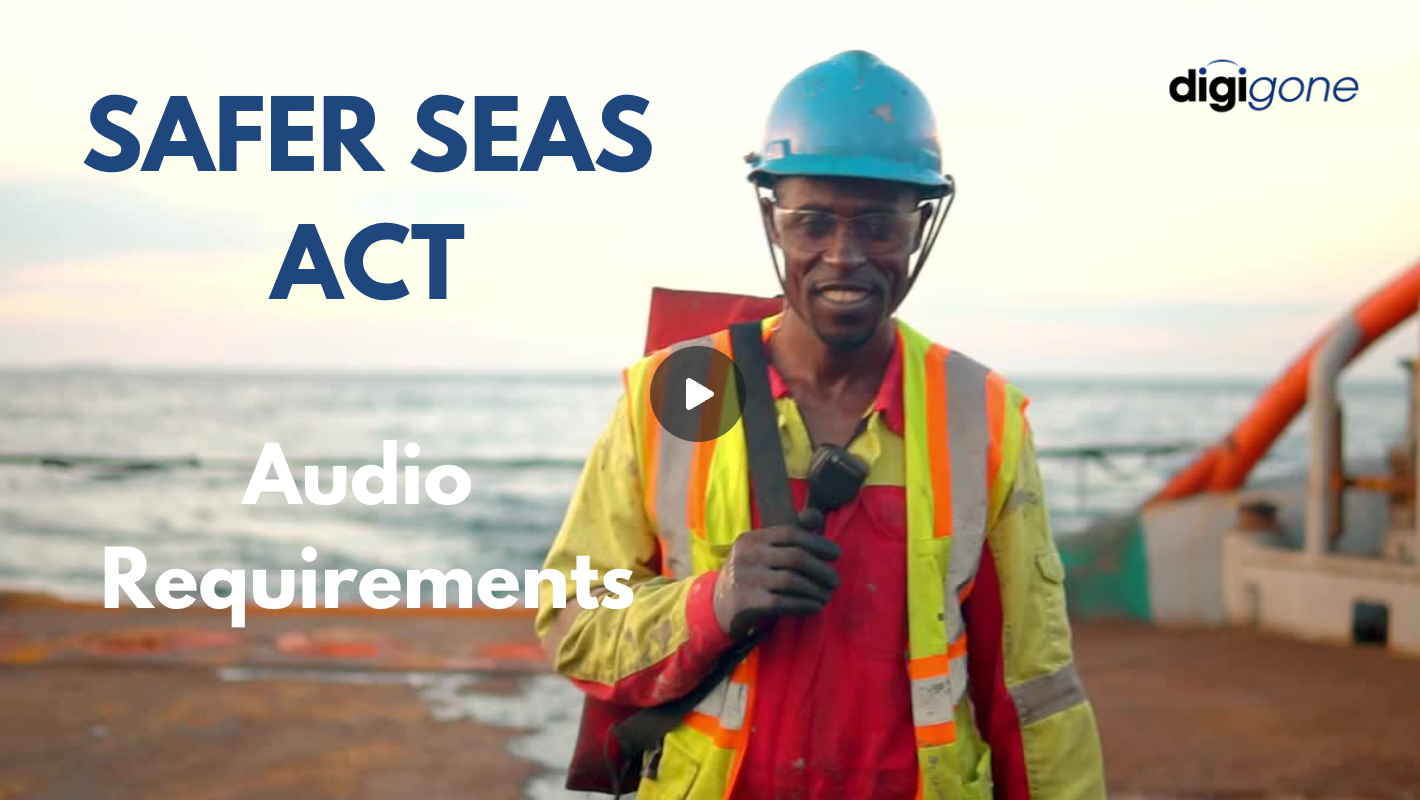
With the new Safer Seas Act, vessel companies must comply with many new regulations by the end of the year. One of those requirements includes audio equipment placed outside of hallways leading to staterooms, which DigiGone can help with. And while this may seem burdensome, these new rules will be good for vessel companies in the long run.



